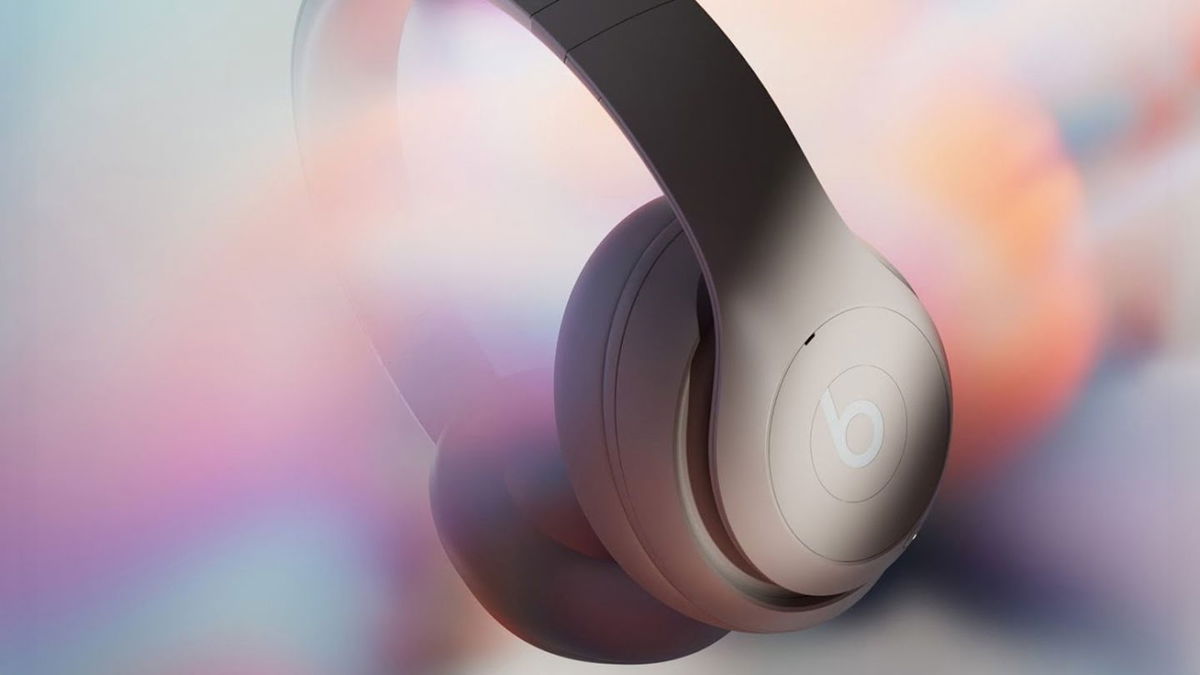Company Neuralink Elon Musk announced that it is now accepting applications from people who want to implant the experimental N1 computer interface into their brains.
Neuralink’s first human study, called PRIME (questionexcise Rboootically Iinstalled brain-computer interfaceAnd), is of interest to people with quadriplegia due to cervical spinal cord injury or amyotrophic lateral sclerosis (ALS). They must also be at least 22 years old and have a permanent and reliable guardian.
In 2022, Musk said he intends to implant the device in his own brain, but it is unlikely that he will be among the first group of test participants.
Founded in 2016, Neuralink is developing technology that connects the human brain to a computer interface for a system that allows people with neurological diseases to communicate and control various devices. For example, a person with paralysis could use a telephone simply by imagining the movements of his hands. In the long term, however, the ever-ambitious Musk suggests the technology could give people “superhuman thinking.”
Before attempting to reach these heights, Neuralink says it wants to use the PRIME study to evaluate the safety of its N1 implant and R1 surgical robot. He will also evaluate the initial functionality of his Brain-Computer Interface (BCI), which allows people with paralysis to control external devices with their thoughts.
“The study will use the R1 robot to surgically place ultra-thin flexible strands of the N1 implant in the region of the brain that controls movement intention,” Neuralink explained in a post on its website. “Once installed, the N1 implant is cosmetically invisible and is designed to record and wirelessly transmit brain signals to an app that deciphers movement intent.”
He added that the original goal of his BCI is “to give people the ability to control a computer cursor or keyboard using only their thoughts.”
The PRIME study is conducted under an investigational device exemption (IDE) granted by the FDA in May and, according to Neuralink, represents a significant step in the effort to develop a generalized brain interface that provides autonomy to people with disabilities and dissatisfied physicians.
Last year, Neuralink shared a video of the monkey with BCI. playing pong just thinking about it. He was also able to move the mouse cursor using the same method. However, the company has faced criticism for using animals in its research, despite insisting it always treats them with care. Earlier this month, Musk responded to claims that 15 of 23 monkeys implanted with the device have since died. speaking: “No monkeys have died as a result of Neuralink implantation,” adding that in its first animal trials, the company used terminally ill monkeys to minimize the risk to healthy ones.
Other companies have already developed technology similar to Neuralink’s. BrainGate, for example, allowed a paralyzed person to communicate his thoughts by converting imaginary writing into text.
It’s still early days for Neuralink, but there’s hope that its proprietary technology could one day bring real benefits to people with paralysis, or even fulfill Musk’s high hopes of achieving something much bigger.
Source: Digital Trends
I am Garth Carter and I work at Gadget Onus. I have specialized in writing for the Hot News section, focusing on topics that are trending and highly relevant to readers. My passion is to present news stories accurately, in an engaging manner that captures the attention of my audience.










